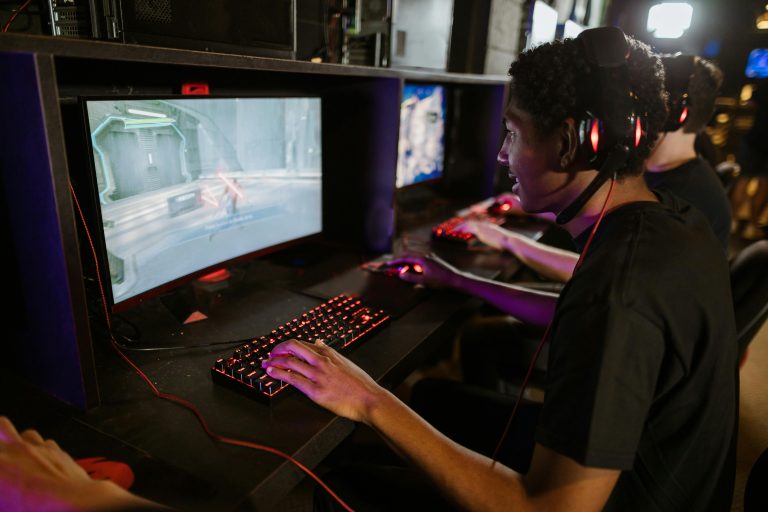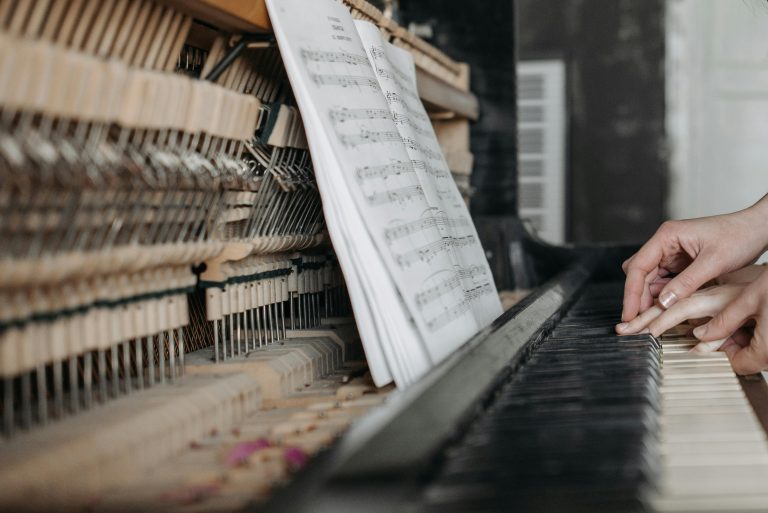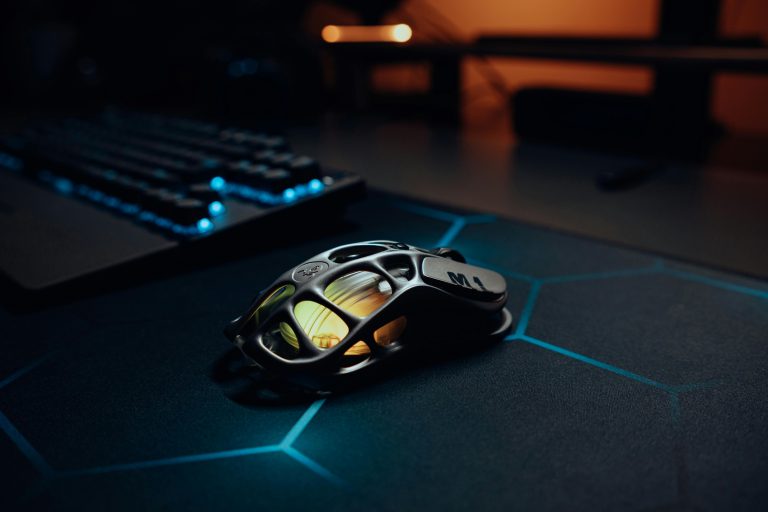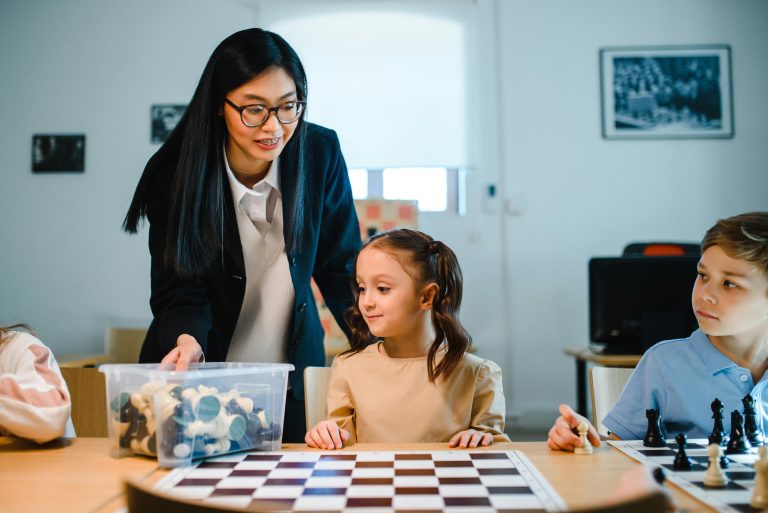
The rhythmic beats of the dholak, the soaring melodies of the playback singer, the dramatic dialogue—these are the sounds of Bollywood, an industry built on human emotion and creative genius. For decades, this formula, though often reinvented, remained fundamentally human. Today, a new, silent disruptor is entering the studio: Artificial Intelligence. No longer just a sci-fi trope, AI is rapidly weaving itself into the very fabric of India’s film industry, transforming everything from how music is composed to how scripts are written and movies are marketed. This technological revolution is not about replacing artists but about augmenting creativity, optimizing production, and unlocking unprecedented possibilities, fundamentally reshaping the future of Bollywood.
The Algorithmic Composer: AI in Music Creation
Bollywood’s soul has always been its music. AI is now learning the language of this soul, becoming a powerful tool for composers and music directors. Platforms equipped with AI can analyze thousands of hit songs—from R.D. Burman’s classics to A.R. Rahman’s symphonies—to identify patterns in melody, rhythm, and structure that resonate with audiences.
Composers can use AI to generate a base melody or a unique rhythm pattern based on a specific mood, era, or even a particular artist’s style, serving as a creative springboard. Furthermore, AI-powered tools are revolutionizing sound engineering. They can automatically master tracks to studio quality, clean up noisy recordings, and even simulate the acoustics of famous concert halls. The most fascinating development is the emergence of AI voice synthesis. This technology can create a flawless digital replica of a singer’s voice, allowing for the generation of new vocals or the preservation of a legendary voice for future projects, long after the artist is gone. This raises complex questions about copyright and artistry, but its potential to assist in demo creation and vocal restoration is undeniable.
Beyond the Green Screen: AI in Visual Effects and De-aging
Bollywood has always had a love affair with grandeur, and VFX is crucial to delivering spectacular visuals. AI is supercharging this domain. It is making complex processes like rotoscoping (cutting out objects from frames) and compositing faster and more accurate. AI algorithms can now generate entire hyper-realistic environments, crowds for large battle scenes, and intricate details that would be prohibitively expensive and time-consuming to create manually.
The most talked-application, however, is de-aging technology. We witnessed a glimpse of this in Shah Rukh Khan’s Pathaan, but AI takes it several steps further. Instead of just smoothing skin, deep learning algorithms can analyze hours of footage of a young actor, learning their specific mannerisms, facial expressions, and the unique way they moved. This allows for a much more convincing and emotionally authentic de-aging process, enabling filmmakers to tell stories that span decades with the same star, all while maintaining narrative believability.
The Digital Screenwriter? AI in Scripting and Content Analysis
Can an algorithm understand the nuances of human emotion required for a Bollywood potboiler? While AI may not win a National Award for Best Screenplay anytime soon, it is becoming an invaluable assistant in the writing room. AI tools can analyze vast databases of successful scripts to identify plot structures, character arcs, and dialogue trends that have historically performed well.
Writers can use AI to generate loglines, overcome writer’s block by suggesting plot twists, or even ensure their script maintains a good pace. On the business side, studios are leveraging AI for predictive analytics. By analyzing social media trends, search data, and audience consumption patterns, AI can predict potential box office performance, suggest optimal release dates, and even identify which elements—a specific actor pairing, a genre, or a location—are most likely to attract viewers. This data-driven approach is helping producers make more informed financial decisions in a high-risk industry.
Hyper-Personalized Promotions and the Future of Dubbing
The work is not over once a movie is made. AI is revolutionizing film marketing and distribution. Instead of a one-size-fits-all trailer, AI can create hundreds of personalized trailers for different audience segments. By analyzing a user’s viewing history, an AI might cut a trailer that highlights the romantic elements for one viewer and the action sequences for another, dramatically increasing engagement and conversion rates.
Furthermore, AI is breaking down language barriers. Advanced AI dubbing tools can now not only translate dialogue but also match the lip movements of the actors on screen and preserve the emotional intent and cultural context of the original performance. This allows Bollywood movies to reach a wider global audience with a level of authenticity that was previously impossible with traditional dubbing methods.
Conclusion: A Collaborative Future, Not a Replacement
The integration of AI into Bollywood is not a dystopian tale of machines replacing artists. The heart of cinema—the human story, the emotional depth, the creative vision—will always require a human touch. AI is best viewed as a powerful collaborator, a tireless assistant that handles the tedious, data-heavy lifting.
It empowers the music director to experiment faster, enables the VFX artist to achieve more with less, provides the writer with data-backed insights, and helps the marketer connect with the right audience. The future of Bollywood lies in a symbiotic relationship between human creativity and artificial intelligence. The most successful creators will be those who harness these algorithmic tools to enhance their art, pushing the boundaries of storytelling and spectacle to create a new, exciting, and more immersive cinematic experience for billions around the world. The curtain is rising on a new era, and AI has a front-row seat.






